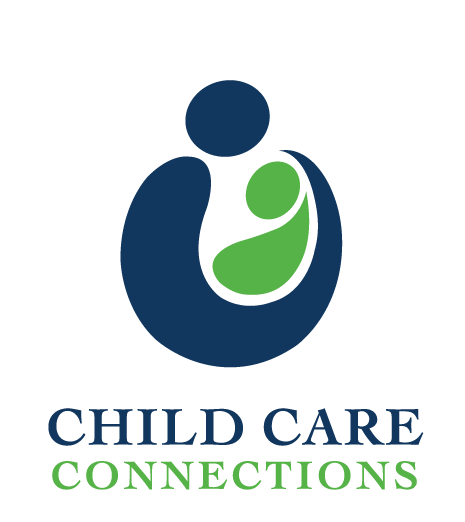Child Safety
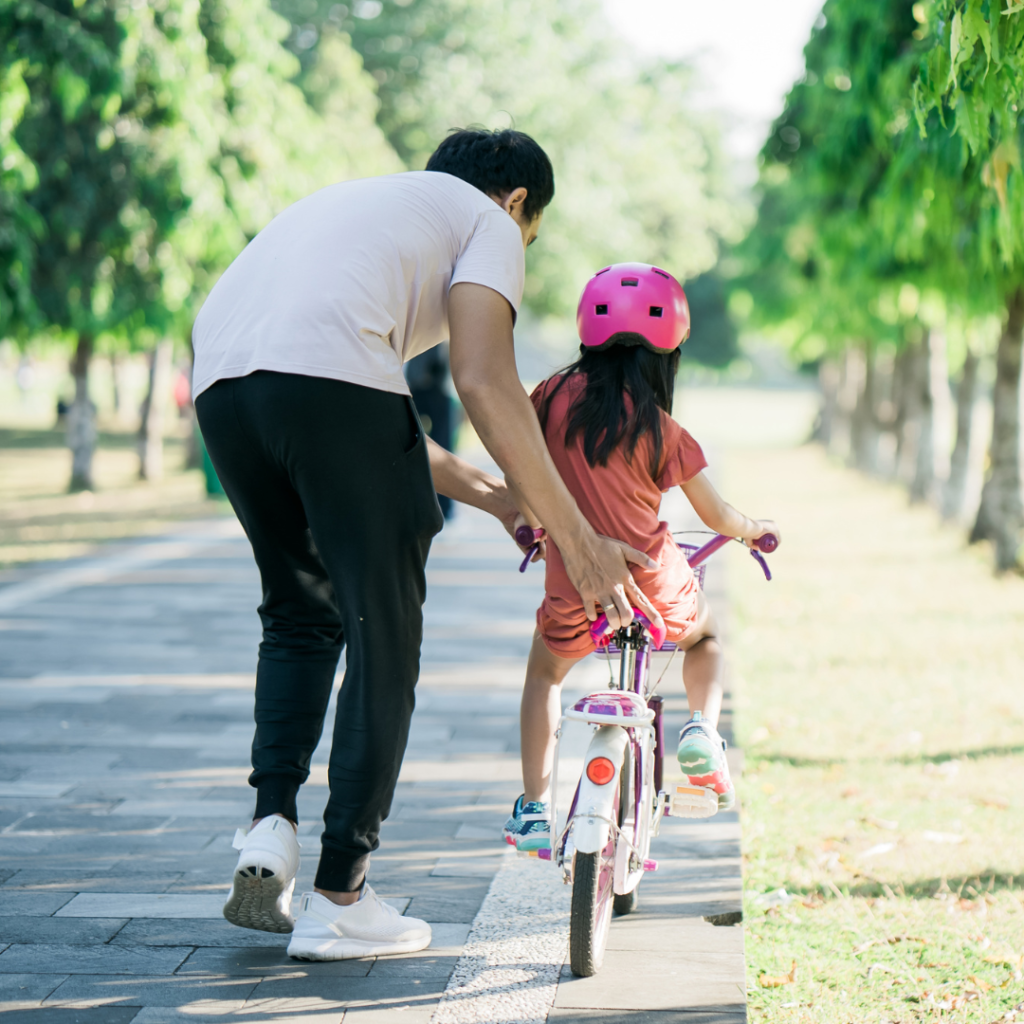
Child Safety
Child Safety Resources
Join us for our upcoming bike safety event: Cayden James Leonard Memorial Bike Rodeo on July 17th 2024. In July of 2019, Cayden lost his life when struck by a vehicle while biking. This event will celebrate Cayden while offering free education and resources on bike and vehicle safety. Learn how you can get involved by clicking the button below!
Child Care Connections’
Child Safety Program
Raising awareness around child safety, especially head trauma- our program offers free bike helmets and bike safety education in our communities.
Child Safety
CPR & First Aid
Child Care Connections offers Infant and Adult CPR & First Aid courses for child care workers.
Child Safety
Emergency Preparedness
When an emergency hits, it’s important to be ready. Find resources to help you plan ahead to keep children safe during an emergency.
Child Safety
Bike and Pedestrian Safety
There are little things we can all do to avoid serious injuries on the road. Teaching your children safe skills early will help them enjoy bicycling for many years to come!
Wear the right Gear
Wearing a properly-fitted helmet is the best way to prevent traumatic head injuries. Check out this Helmet Fitting Guide to be sure you have the right fit every time. In addition, wearing bright clothing and reflective materials helps you to be seen by other vehicles on the road.
Share the Road
Whether driving, bicycling, or walking, everyone must take their part in keeping the road safe. Paying attention, and following traffic laws can prevent collisions that cause serious injuries and deaths. Follow these tips from the Montana Department of Transportation to keep everyone on the road safe.
Basic Bike Checks
Bike maintenance is key to avoiding injuries and costly repairs down the road. Just Remember the A-B-C Quick Check Guide!
Bicycle Safety: What every Parent Should Know
When bicyclists make mistakes, they’re the ones most likely to get hurt. Bicycle Safety: What Every Parent Should Know offers safe riding techniques that you can teach your children so they will be able to enjoy bicycling for many years.
Bike Safety Tips to Remember
- Always wear a bike helmet
- Wear brighly colored clothing
- Look all ways for traffic at stop signs and driveways before riding out into the street
- Obey traffic signs and lights.
- Always use hand signals when stopping or turning
- Dismount your bike to cross the street in a crosswalk
- When riding with others, ride single file
- Tell an adult if anything is broken or wrong with your bike.
Child Safety
Other Safety Tips
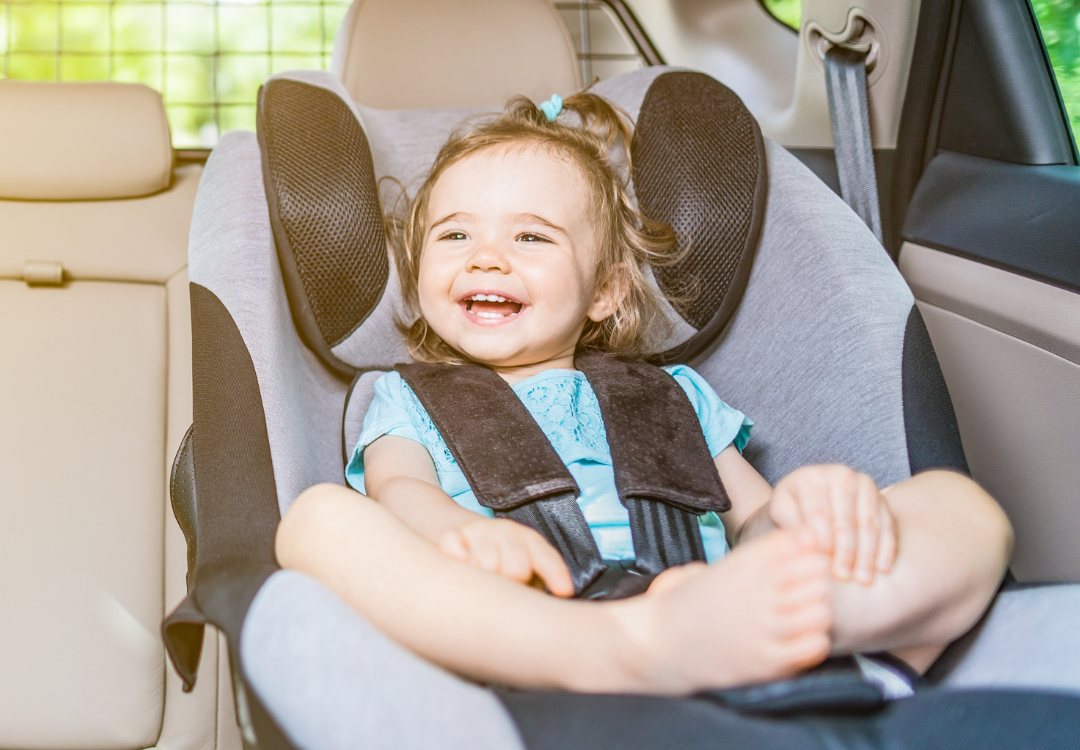
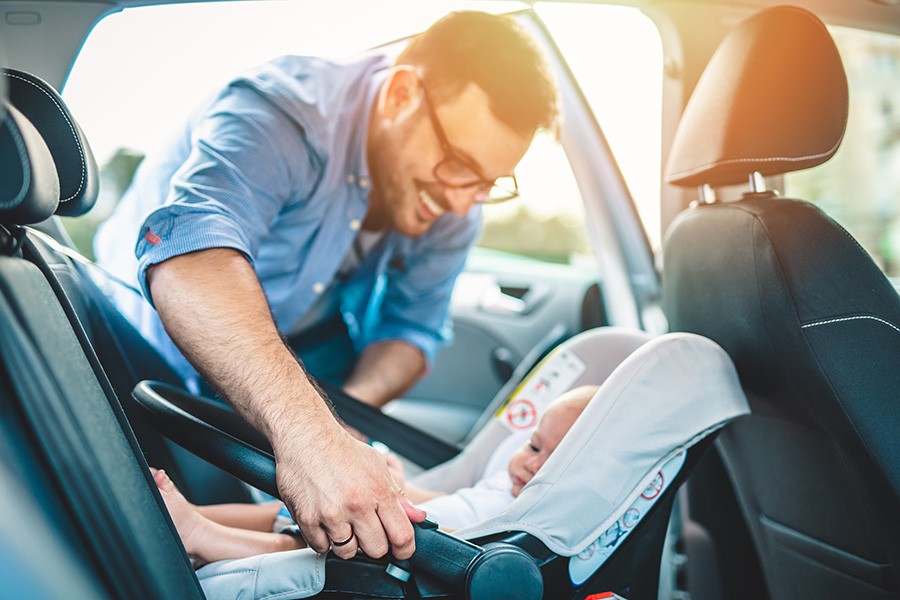
Child Safety
Car Passenger Safety
Motor vehicle crashes are a leading cause of death for children. The best way to keep your child safe in the car is to use the right car seat and be sure it is installed correctly.
The Ultimate Car Seat Guide by Safe Kids Worldwide offers practical tips to keep kids safe in cars, including recommendations for finding the right seat, installing it correctly, and knowing when to change to a new seat.
You can also have your child’s car seat checked by a certified passenger safety technician in your area.
Other Car Safety Reminders
- Kids younger than 12 and younger should always ride in the back seat– which is typically the safest place in the vehicle. Airbags can kill young children riding in the front seat.
- Avoid the risk of projectiles- stick to soft toys and avoid loose objects in the car to prevent injuries in the event of a crash.
- Remove Winter Coats– a bulky coat can leave your child’s harness too loose to be effective in a crash. Click on the link for ways to keep your child warm and safe during the cold winter months.
- Never leave your child alone in a car– this can lead to serious injury or death from heatstroke, even in cooler temperatures.
- Safety in the Driveway– driveways and parking lots can be dangerous when drivers are unaware of children near vehicles. Be sure to avoid distractions, check your surroundings, and teach children safety around vehicles.
Child Safety
Safe Sleep Practices
You can help protect your baby and reduce the risk of sleep-related infant deaths (SIDS) by creating a safe sleep environment.
- Place your baby on their back on a firm, flat surface, such as a crib or mattress covered only by a fitted sheet
- Keep your baby’s sleep area in the same room where you sleep until your baby is at least 6 months old, but avoid sharing sleeping surfaces.
- Keep soft bedding such as blankets, pillows, toys, or other items out of their sleeping area
- Do not cover your baby’s head or allow your baby to get too hot
You can learn more about Safe Sleep practices for your baby on the Healthy Mothers, Healthy Babies website!
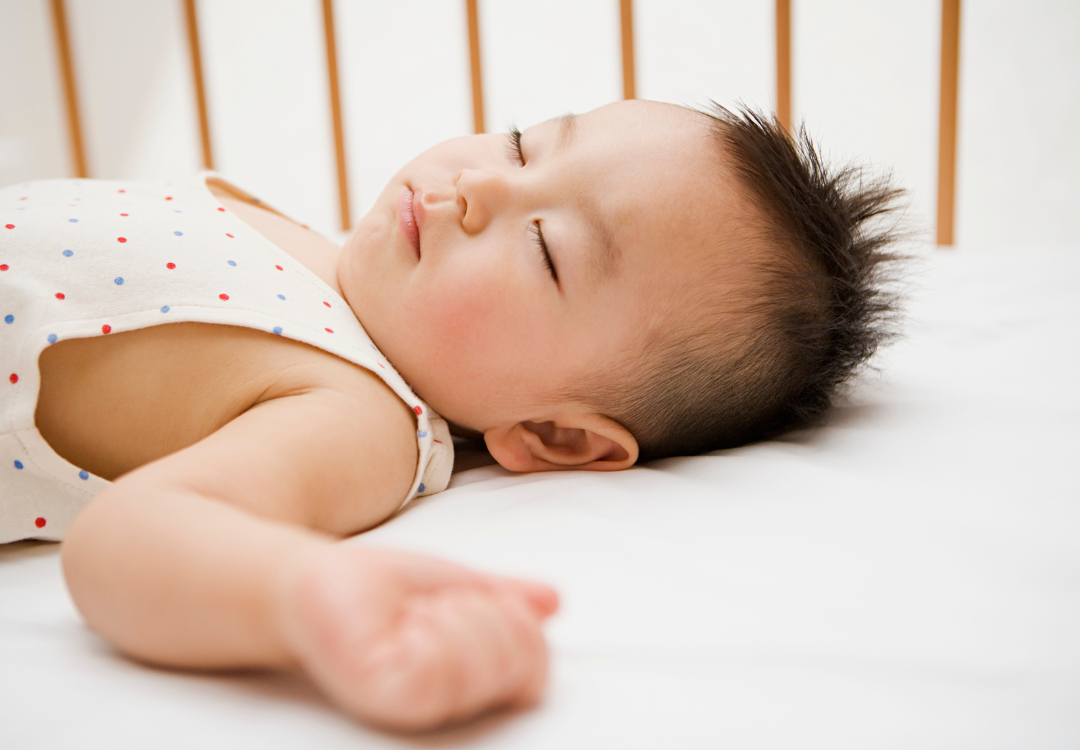
Child Safety
Choking Risks
Children often explore their world by putting things in their mouths, which can put them at high risk of choking on small objects. Choking hazards can include:
- Small, round, or hard foods like seeds, nuts, grapes, hard or sticky candy, marshmallows, popcorn, pieces of hotdogs, popcorn, and chewing gum
- Toys with small parts, small balls and marbles, broken crayons, and doll accessories
- Balloons, refrigerator magnets, batteries, jewelry, bottle caps, coins, buttons, hair ties or rubber bands
- You learn more about preventing choking hazards with guidance from the USDA Reducing the Risk of Choking in Young Children at Mealtimes, and from Safe Kids Worldwide’s Choking and Strangulation Prevention Tips.
Child Safety
Poison Control
Everyday household items such as cleaning products, medications, and personal care products can be harmful to kids. Here are some tips from Safe Kids Worldwide to keep curious children away from products that could be dangerous to them:
- Store household products out of children’s sight and reach.
- Keep cleaning products in their original containers, and look for child-resistant containers to help prevent poisoning.
- Check your home for products that might be harmful to kids including: cleaning products, liquid laundry packets, medicine, pesticides, alcohol, and personal care products.
- Save the Poison Help Number in your phone, and post in an easily visible place like your fridge or bulletin board. Montana Poison Help 1-800-222-1222
- Install Carbon Monoxide Alarms on every level in your home, especially around sleeping areas. If the alarm goes off move to a safe location outside where you can breathe fresh air before calling for help.
Community Resources
Emergency Preparedness
Guardian Programs are licensed child care facilities that offer temporary child care for local relief workers, such as firefighters, and emergency responders. They may also assist other temporary facilities with personnel or supplies during a major emergency or disaster.
Finding Child Care
What is Safe, Quality Child Care?
Choosing safe, quality care for your child can feel like an overwhelming task. Knowing to know what questions to ask, and what to look for in an environment, can help you identify a quality child care and learning environment for your child. We have resources to help you find the best fit for your family!
